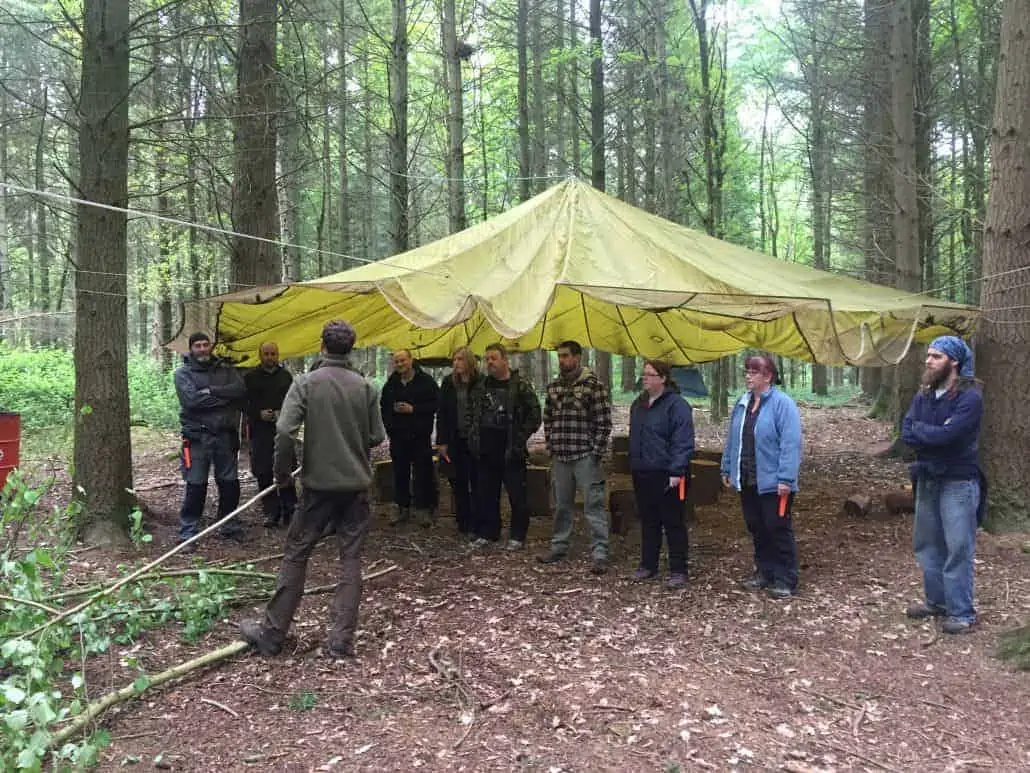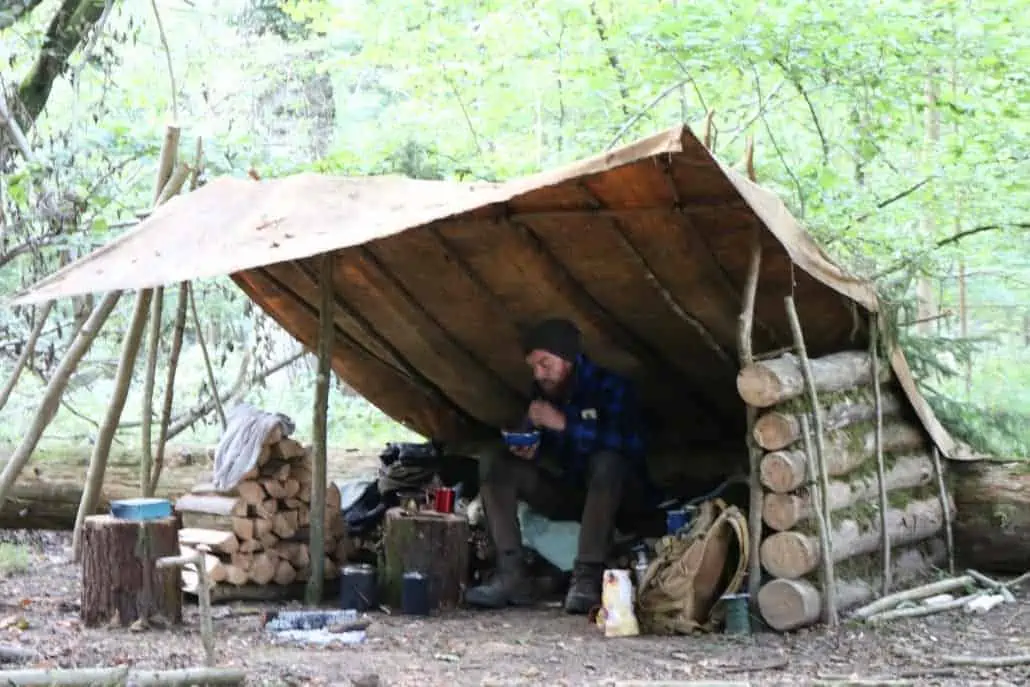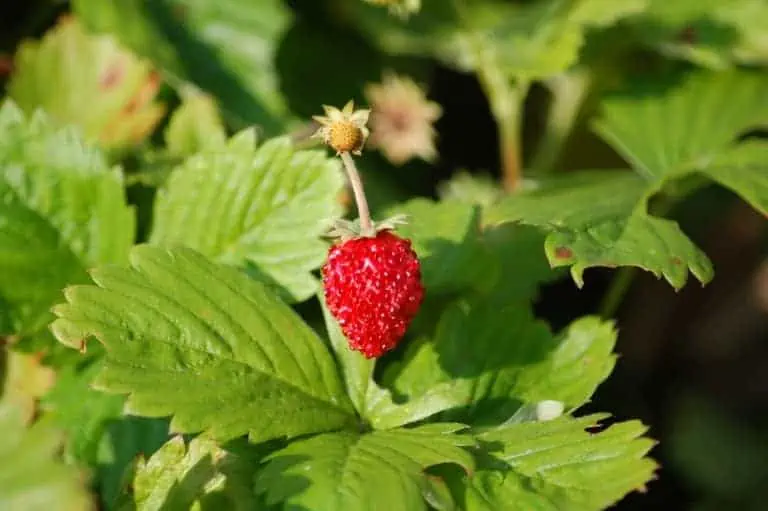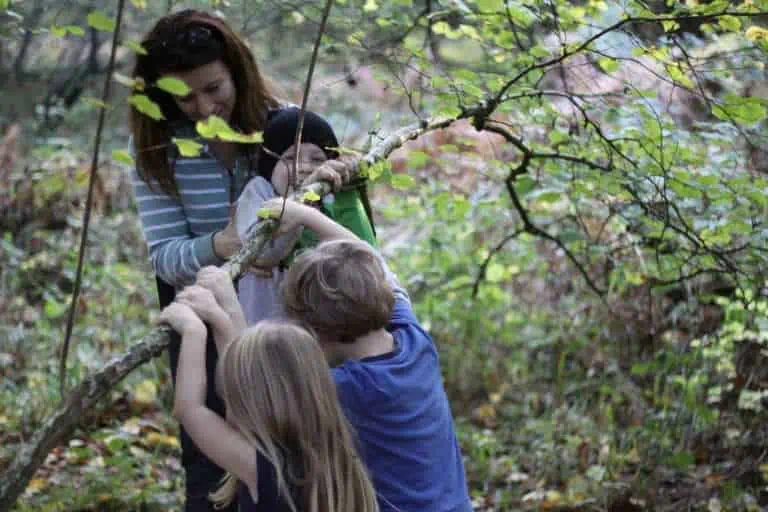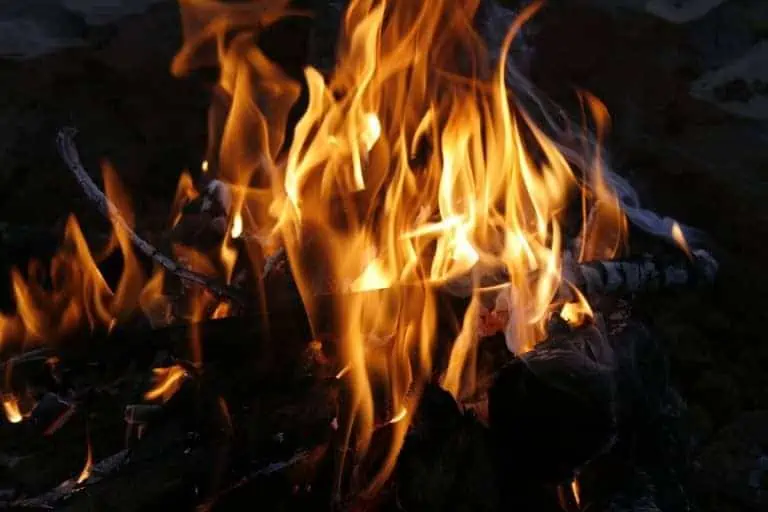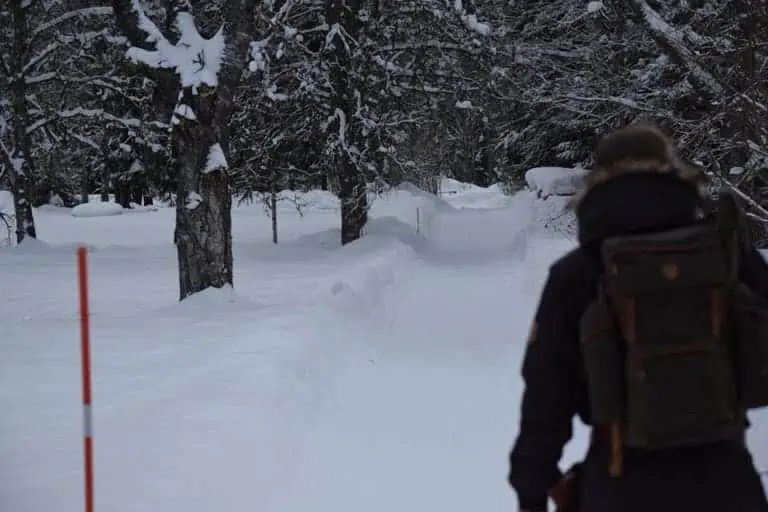Foraging in the UK
Foraging in the UK
An Introduction and Tips on Getting Started
Foraging – a steep learning curve
It is with good reason that those starting their bushcraft journey often find foraging one of the hardest skills to get to grips with. After all, it requires hours upon hours of not only field craft but also the studious reading of books on identifying the trees and plants of the UK.
Staying safe
Foraging also carries with it heightened risk. When learning bushcraft in a safe environment if you fail to light a fire using friction, for example, then the worse case scenario is a sense of disappointment. Failing to correctly identify the fungi you have consumed however has a very different and more serious set of consequences.
With that in mind, this blog takes a look at the broad spectrum of wild foods available in the UK, briefly covers what foods are safe to eat in the wild in the UK and how you can start foraging in the UK. As usual, please feel free to read the whole blog or skip to the section that interests you the most.
Before we begin though, a word of caution:
ONLY EAT THAT WHICH YOU HAVE POSITIVELY IDENTIFIED AS SAFE
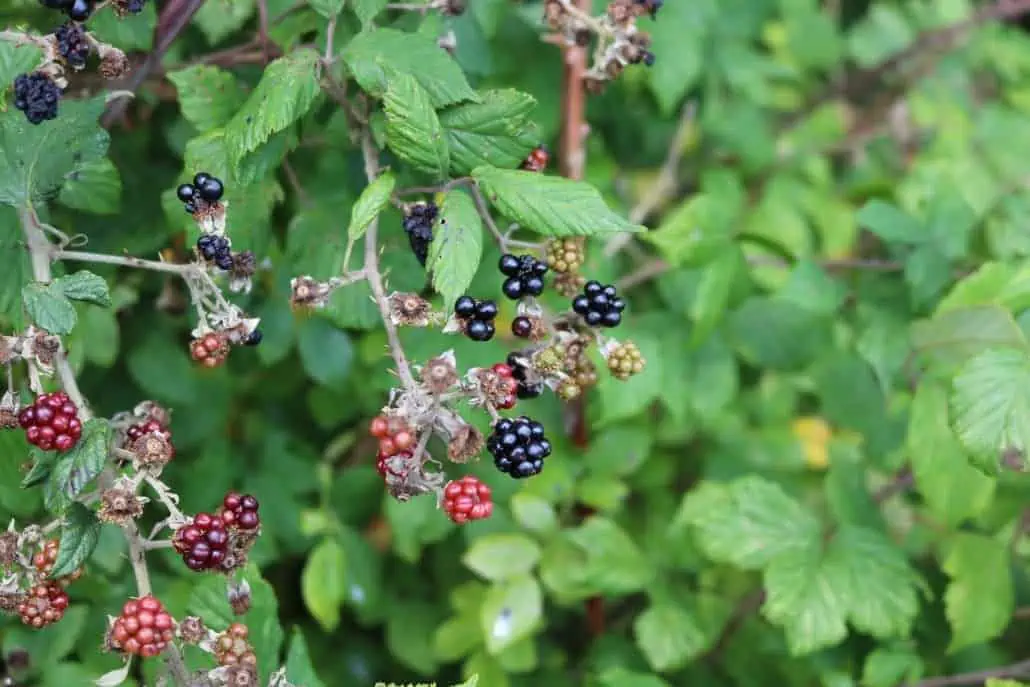
The law, foraging and bushcraft in the UK
When it comes to foraging in the UK the law is relatively clear.
The law and foraging in England and Wales
In England and Wales, foraging is covered under the Theft Act of 1968. The Theft Act states that
“A person who picks mushrooms growing wild on any land, or who picks flowers, fruit or foliage from a plant growing wild on any land, does not (although not in possession of the land) steal what s/he picks unless he does it for reward or for sale or other commercial purposes.”
In other words, if what you pick is growing wild (e.g. not farmed) then you can pick it as long as you don’t intend to sell it.
The law in Scotland
In Scotland, the Outdoor Access code covers pretty much the same idea, it’s okay to pick it as long as you don’t intend to sell it for commercial purposes.
However, be aware that it is technically illegal under the Wildlife and Countryside Act of 1981 to uproot plants in the wild ground. It is also illegal to forage on sites of special scientific interest and/or National Trust land.
That’s the law, read on to learn about the wild foods that are readily available in the UK.
Wild Foods and bushcraft in the UK
Remember, don’t eat anything that you’ve not positively identified as safe!
Spring and summer are the best times for foraging in the UK, though autumn and winter can also provide a good bounty for those that know where to look. It would be impossible to provide a complete list of all that is available to forage in the UK, so what follows is a few select highlights.
Alexanders (Smyrnium olusatrum)
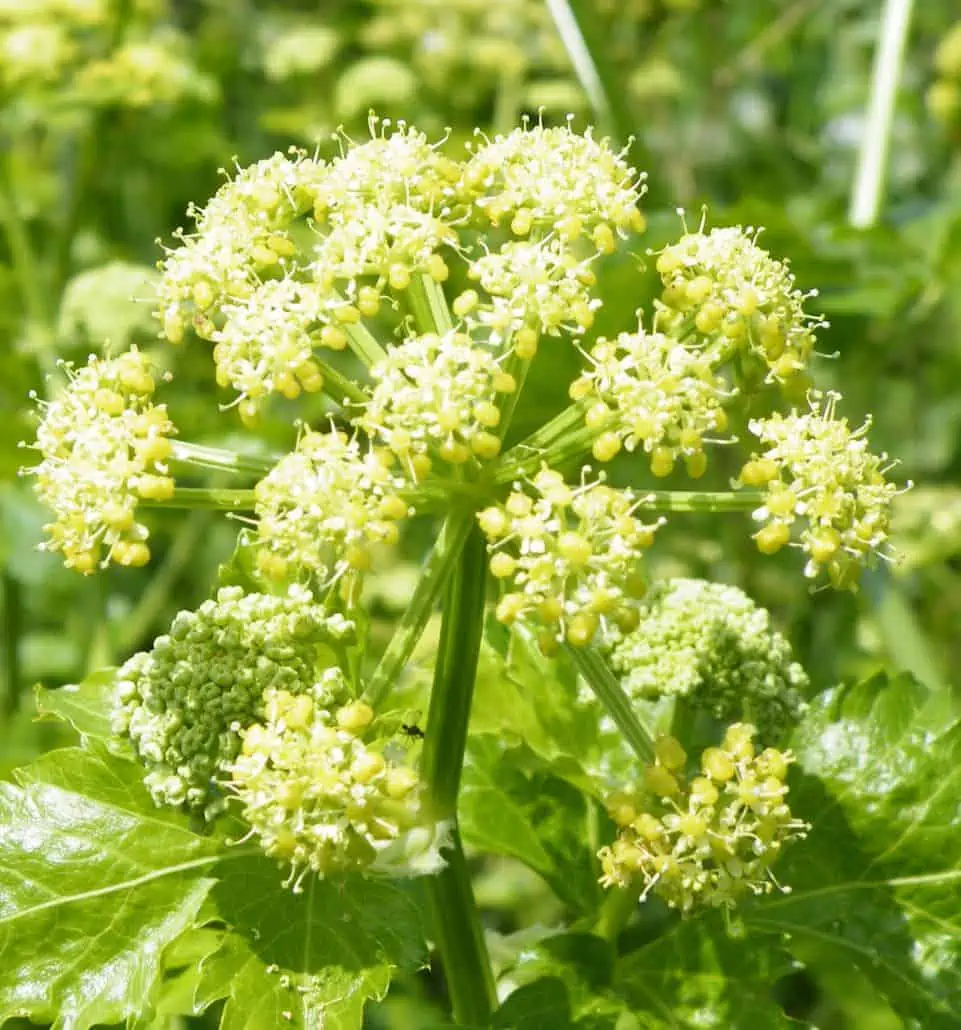
More commonly known as horse parsley alexanders are a wonderful wild vegetable. Thought to have been introduced into the UK by the Romans Alexanders are most commonly found in coastal regions of the UK. The whole plant is edible but the stem is the most succulent. Best eaten when fresh in March and April Alexanders are best flavoured with salt and pepper and added to salads.
Dandelion (Taraxacum officinale)
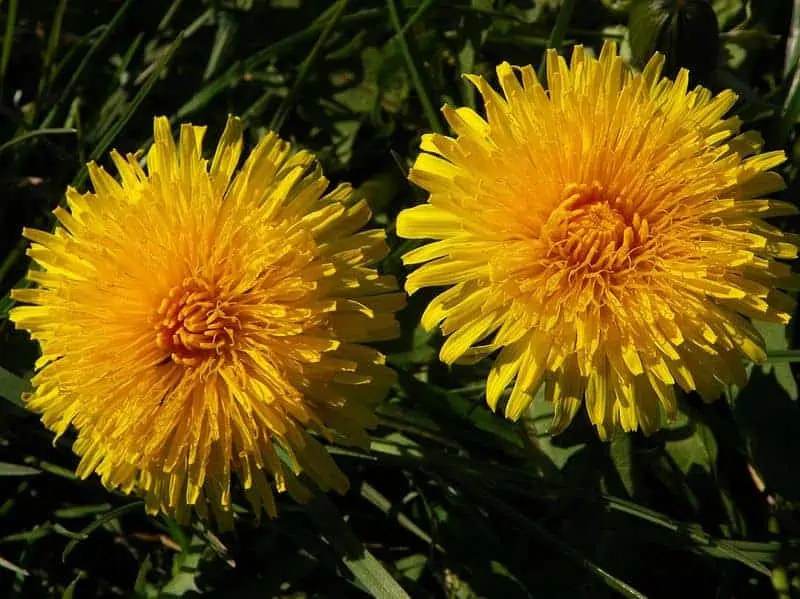
Dandelions are edible, if slightly bitter, both raw and cooked. Found across the UK from early spring dandelions are best used by adding them to stir-fry or omelette type dishes. For a more long-term use, they can also be used to make beer and wine.
Nettles (Urtica dioica)
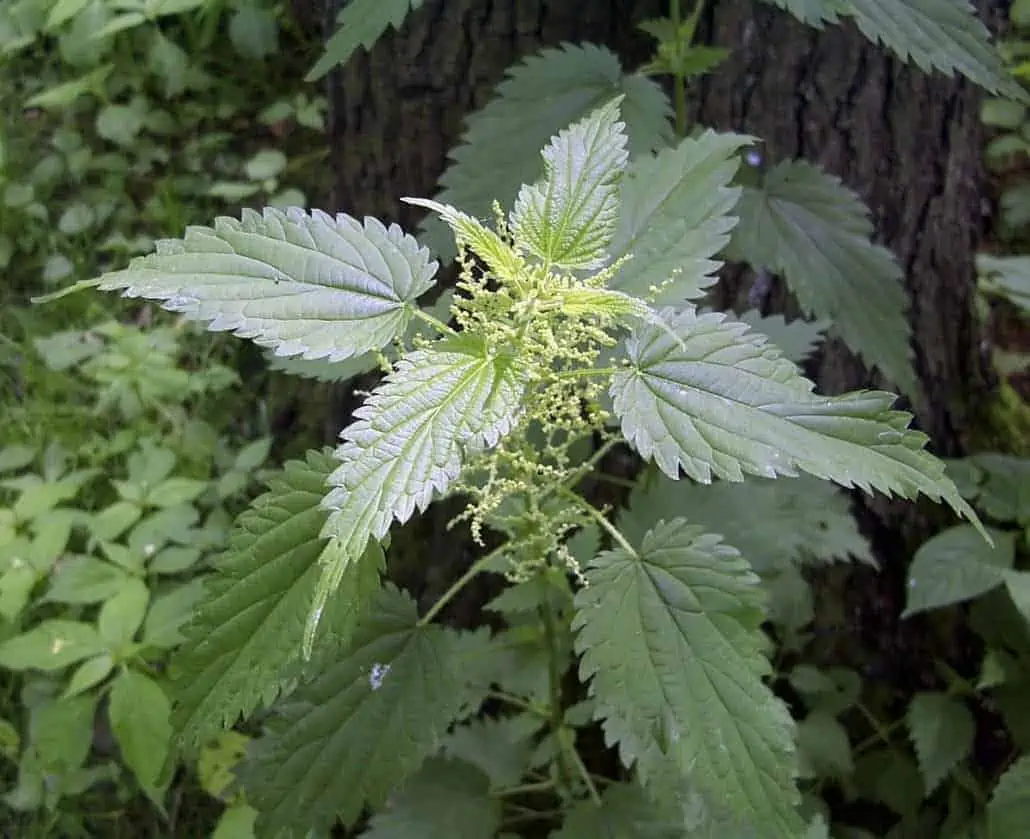
Of course, no blog about foraging in the UK would be complete with a mention of nettles. This versatile plant is very rich in Iron and Vitamin A and D. Found throughout the UK and best picked in early March, remember that the best parts to use are the tips of the leaves. The tips of leaves taste a little bit like spinach and can be used to make tea, soup, and even beer.
Wild garlic (Ullium ursinum)
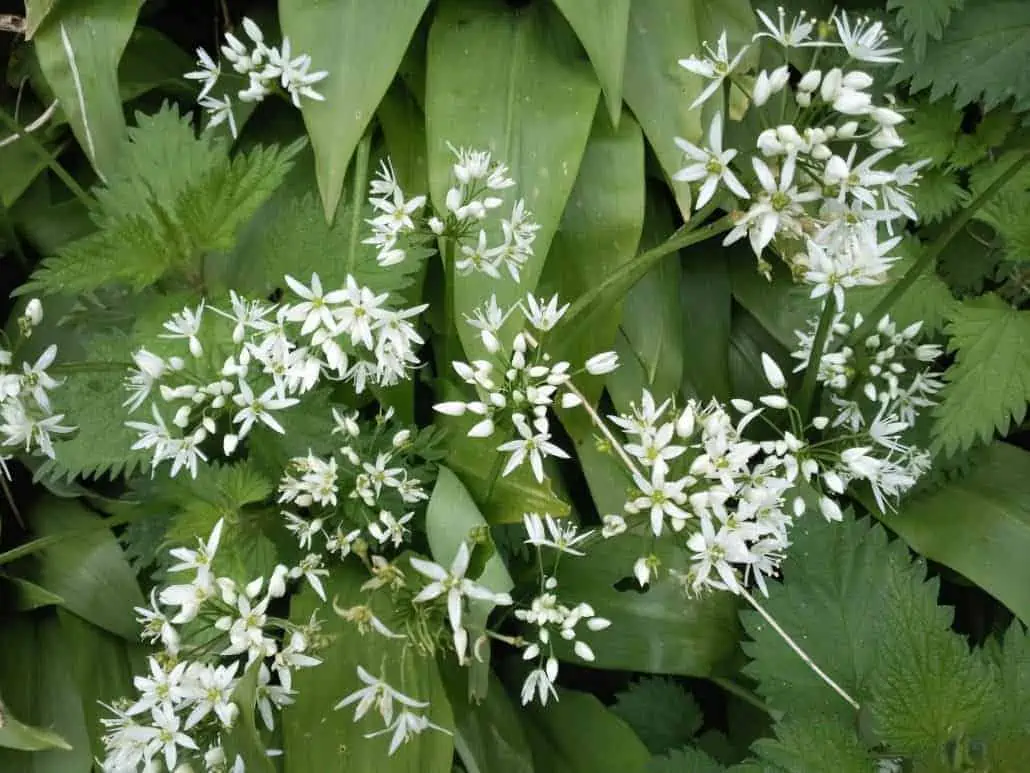
Found in damp woodlands and along the edge of hedgerows in England and Wales wild garlic is a wonderful plant. Both the leaves and the stems of the plant are edible, they make a wonderful addition to salads, soups and sauces. The leaves can even be mashed up to make pesto.
Sorrel (Rumex acetosa)
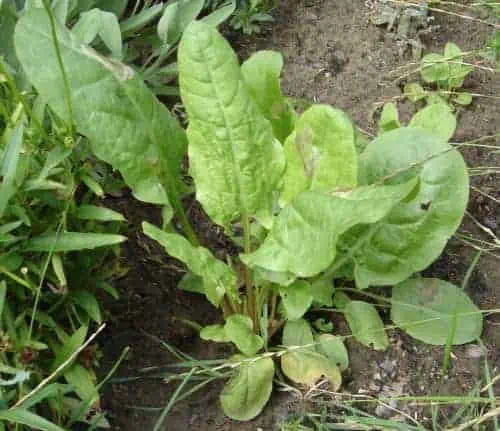
Sorrel (Rumex acetosa)
By The original uploader was Burschik at English Wikipedia – Transferred from en.wikipedia to Commons., CC BY-SA 3.0, https://commons.wikimedia.org/w/index.php?curid=240694
Sorrel or rather common or garden sorrel is found among meadows throughout England. It looks a little bit like spinach and has a slight flavour of lemon. Sorrel can be used to make soups, added to salads or combined with wild garlic to make pesto.
That’s just a small section of the wonderful range of wild foods in the United Kingdom. The best way to learn about wild foods is to take a foraging course with a bushcraft instructor.
Join our weekend bushcraft course to learn foraging, shelter building, fire lighting and much more.
Find out more here.
Where to forage in the UK
Wild foods are found throughout the UK. Our island provides a rich scope of foods that vary wildly from south to north and east to west. Coastal regions, woodlands, hedgerows, and meadowlands all have a distinct variation of the wild foods available.
If you’re interested in foraging along Scotland’s rivers, using it as a way to supplement your canoeing diet then read our blog, Foraging on Scotland’s Rivers.
While the best way to learn where to forage in the UK is with a bushcraft instructor here are a few tips that you can follow to safely find foods in the UK. Remember though, leave enough food for the local wildlife.
The main risk when foraging is from animal feces. Be sure to wash everything that you find, remember never to put anything in your mouth as part of the identification process, and boil everything before eating it. Read on to learn how to start foraging in the UK.
Start foraging in the UK
The best way to learn foraging in the UK is by taking a foraging course with a bushcraft instructor.
Join our weekend bushcraft course to learn foraging, shelter building, fire lighting and much more.
Click here to book your spot.
Another way to start foraging is to look for local groups. Such groups are increasingly popular due, in part, to a growing awareness of where our food comes from.
Further information
- If you and your family would like to get into foraging then why not join our family bushcraft course – click here for more information.
- Purchase Bushcraft – A Family Guide: Fun and Adventure in the Great Outdoors, written by founder and owner of Wildway Bushcraft, John Boe and Owen Senior.
- Learn how to cook well for the camp here.
- Here’s some tips on how to source and purify water.
- Read more about foraging, in our blog post about seashore foraging.
Have fun learning how to identify wild plants in the UK.
Remember, don’t eat anything that you have not positively identified as edible.


